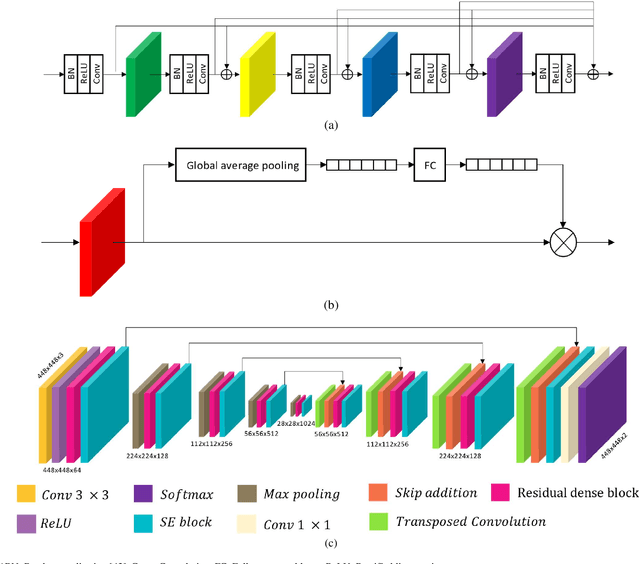Jun Hee Kim
Node Embedding for Homophilous Graphs with ARGEW: Augmentation of Random walks by Graph Edge Weights
Aug 11, 2023Abstract:Representing nodes in a network as dense vectors node embeddings is important for understanding a given network and solving many downstream tasks. In particular, for weighted homophilous graphs where similar nodes are connected with larger edge weights, we desire node embeddings where node pairs with strong weights have closer embeddings. Although random walk based node embedding methods like node2vec and node2vec+ do work for weighted networks via including edge weights in the walk transition probabilities, our experiments show that the embedding result does not adequately reflect edge weights. In this paper, we propose ARGEW (Augmentation of Random walks by Graph Edge Weights), a novel augmentation method for random walks that expands the corpus in such a way that nodes with larger edge weights end up with closer embeddings. ARGEW can work with any random walk based node embedding method, because it is independent of the random sampling strategy itself and works on top of the already-performed walks. With several real-world networks, we demonstrate that with ARGEW, compared to not using it, the desired pattern that node pairs with larger edge weights have closer embeddings is much clearer. We also examine ARGEW's performance in node classification: node2vec with ARGEW outperforms pure node2vec and is not sensitive to hyperparameters (i.e. consistently good). In fact, it achieves similarly good results as supervised GCN, even without any node feature or label information during training. Finally, we explain why ARGEW works consistently well by exploring the coappearance distributions using a synthetic graph with clear structural roles.
Domain Adaptive Transfer Attack (DATA)-based Segmentation Networks for Building Extraction from Aerial Images
Apr 29, 2020



Abstract:Semantic segmentation models based on convolutional neural networks (CNNs) have gained much attention in relation to remote sensing and have achieved remarkable performance for the extraction of buildings from high-resolution aerial images. However, the issue of limited generalization for unseen images remains. When there is a domain gap between the training and test datasets, CNN-based segmentation models trained by a training dataset fail to segment buildings for the test dataset. In this paper, we propose segmentation networks based on a domain adaptive transfer attack (DATA) scheme for building extraction from aerial images. The proposed system combines the domain transfer and adversarial attack concepts. Based on the DATA scheme, the distribution of the input images can be shifted to that of the target images while turning images into adversarial examples against a target network. Defending adversarial examples adapted to the target domain can overcome the performance degradation due to the domain gap and increase the robustness of the segmentation model. Cross-dataset experiments and the ablation study are conducted for the three different datasets: the Inria aerial image labeling dataset, the Massachusetts building dataset, and the WHU East Asia dataset. Compared to the performance of the segmentation network without the DATA scheme, the proposed method shows improvements in the overall IoU. Moreover, it is verified that the proposed method outperforms even when compared to feature adaptation (FA) and output space adaptation (OSA).
 Add to Chrome
Add to Chrome Add to Firefox
Add to Firefox Add to Edge
Add to Edge